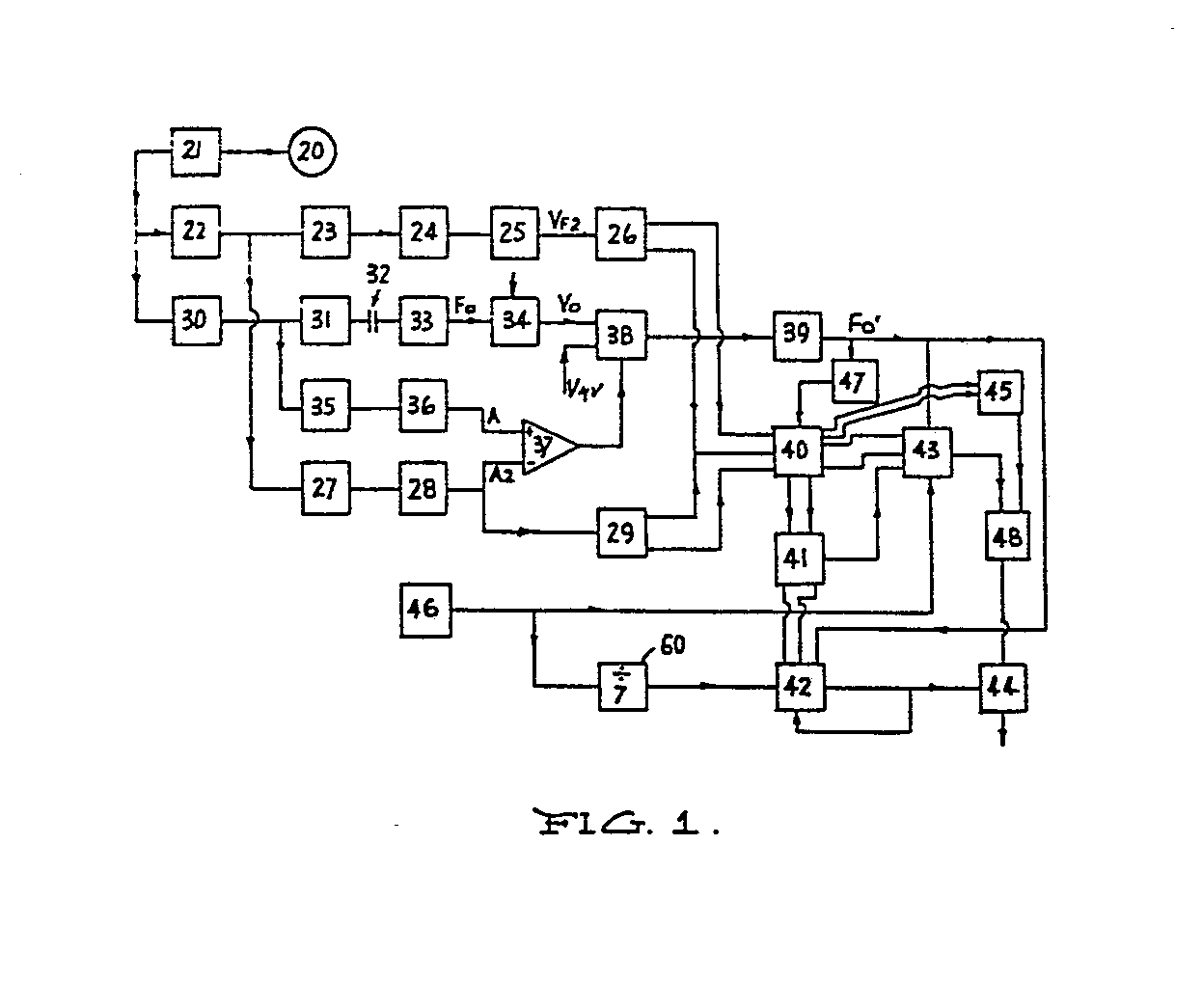(57) A signal processing system for converting a speech signal into a data signal for
controlling a hearing prosthesis including an implanted electrode array adapted to
stimulate the auditory nerve fibres of a patient by the application of electrical
currents to selected electrodes in said array, said processing system comprising means
(20, 21) for generating an input signal corresponding to a received speech signal,
means (30-36) for estimating the amplitude and frequency of the fundamental voicing
component of said speech signal, means (22-26, 27, 28) for estimating the amplitude
and frequency of at least one formant of said speech signal, programmable means (40)
for producing instruction data which in use causes the application of said electrical
currents to selected groups of electrodes in said array with or without delays between
the stimulation of each electrode in said groups, said programmable means being programmable
with data defining a predetermined relationship between each group of electrodes and
a selected range of at least one formant frequency and with data defining a predetermined
relationship between another formant frequency and the delay between stimulation of
each electrode in each said group based on psychophysical testing of the patient and
causing selection of said electrodes based on the estimated frequency of said formants
such as to produce the desired percepts in the auditory-like sensations generated
in the patient, said programmable means (40) further being programmable to produce
data which determines the level of stimulation of each selected group of electrodes
and determines the delay between stimulation of electrodes in each said group dependent
on said estimated amplitude of said formants of said speech signal as well as on predetermined
data relating to the sensitivity of each electrode implanted in the patient.
|

|
